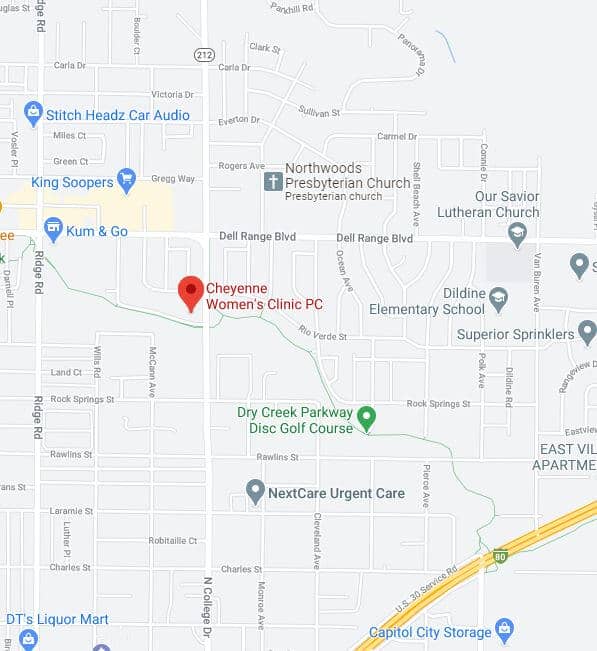Uterine fibroids are growths that develop from the muscle tissue of the uterus. The technical name for a fibroid is leiomyoma, or myoma for short. Fibroids have different classifications depending on where in the uterus they are growing:
- Intramural fibroids grow within the uterine wall
- Submucosal fibroids grow inside the uterine cavity
- Subserosal fibroids are attached to and grow outside the uterus
Fibroids aren’t associated with an increased risk of cancer and almost never develop into cancer, but they can cause a host of uncomfortable symptoms.
- Longer, more frequent, or heavy periods
- Menstrual cramps
- Bleeding between periods
- Anemia from blood loss related to heavy periods
- Pain in the lower back or abdomen (usually dull and aching, but can be sharp)
- Pressure during sex
- Difficulty urinating or frequent urination
- Enlarged uterus and abdomen (depending on the size of the fibroids)
- Miscarriage
- Infertility
Fibroids may also have no symptoms at all. You may not even know you have them unless your provider notices them during a pelvic exam or you have tests related to other problems.
Diagnosing Fibroids
If your provider suspects you may have fibroids, there are a number of different tests he or she may use to confirm the diagnosis, such as:
- Ultrasonography (ultrasound) – Sound waves create a picture of the uterus and other pelvic organs to allow your doctor to “see” inside your abdomen.
- Hysteroscopy – A slender device (hysteroscope) inserted into your uterus through your vagina allows the doctor to view the inside of your uterus.
- Hysterosalpingography – A special x-ray test can detect abnormal changes in your uterus and fallopian tubes.
- Sonohysterography – Like an ultrasound, only the doctor puts fluid into your uterus, which allows the ultrasound to show the uterine lining.
- Laparoscopy – A slender device (laparoscope) inserted into your abdomen through a small cut near or through your navel allows the doctor to see fibroids on the outside of the uterus.
Treating Fibroids
If your fibroids are small, if they aren’t causing any symptoms or discomfort, or if you are nearing menopause, you may not need treatment. If you and your provider decide your fibroids should be treated, the options are to treat the symptoms or remove the fibroids.
Treating the Symptoms:
- Birth control pills or hormonal birth control methods – Can control heavy bleeding and pain during your periods.
- Gonadotropin-releasing hormone (GnRH) agonists – Can stop your menstrual cycle and can shrink fibroids. They are only used for six months or less, and once you stop taking a GnRH agonist, your fibroids will likely return to their original size.
- Progestin-releasing intrauterine device (IUD) – Can control heavy bleeding and pain during your periods if your fibroids aren’t distorting the inside of your uterus.
Treatment:
- Myomectomy – Surgical removal of the fibroids while leaving your uterus in place, which may allow you to have children.
- Hysterectomy – If other treatments haven’t worked or your fibroids are very large, your doctor may recommend removing your uterus.
- Hysteroscopy – Removes fibroids that extend into the uterine cavity. Your doctor inserts a resectoscope into the hysteroscope (described above) that destroys fibroids with electricity or a laser.
- Endometrial ablation – Treats small fibroids within the uterus by destroying the uterine lining.
If you have the symptoms of uterine fibroids, make an appointment to see your provider. Call us at 307.637.7700. He or she will confirm the diagnosis and work with you to determine the best treatment.







